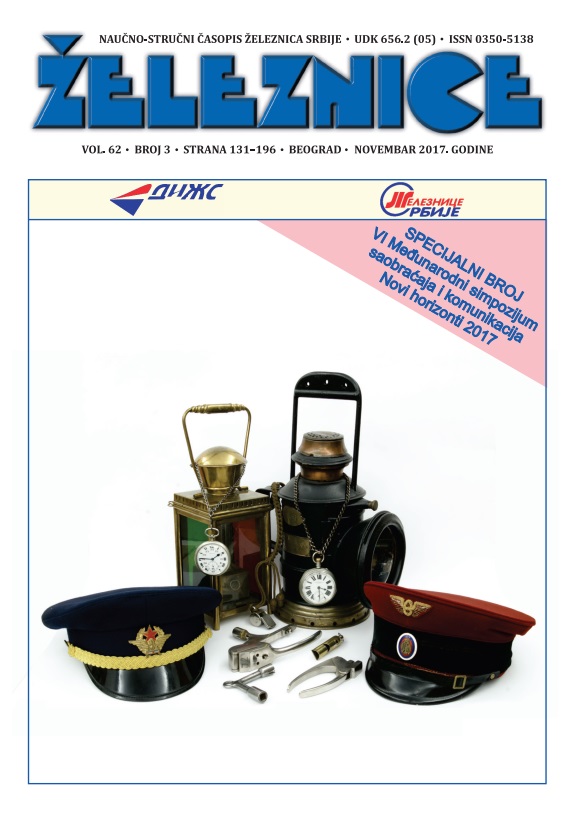REDUCING THE PASS-BY NOISE OF EXISTING FREIGHT WAGONS
Keywords:
rail freight noise, noise abatement, coordinated approach, retrofitting, silent freight corridorsAbstract
Urbanization and globalization has intensified traffic. More traffic means more noise and rail freight is an important noise contributor. Research shows that exposure to excessive noise affects people´s health and for this reason, the railway sector and the legislator are aiming to reduce, in particular, rail freight noise. Some European states, such as Germany and Switzerland, have taken national measures to reduce rail freight noise by banning the use of noisy freight wagons from 2020/2021. In order to avoid the negative effects of unilateral measures as much as possible, the European Commission and the EU Agency for Railways intend to develop a coordinated approach across the EU. The OTIF Secretariat is following these developments closely in order to ensure consistency between EU noise abatement policies and COTIF international railway law.
After describing what the causes of rail freight noise problems are and what the possible solutions might be, this paper proposes a possible way forward that is in accordance with the legal provisions of COTIF and would enable noise abatement on specific railway corridors. In particular, it suggests that noisy wagons should not be prohibited, but that some lines or corridors should be declared compatible with silent wagons only.


